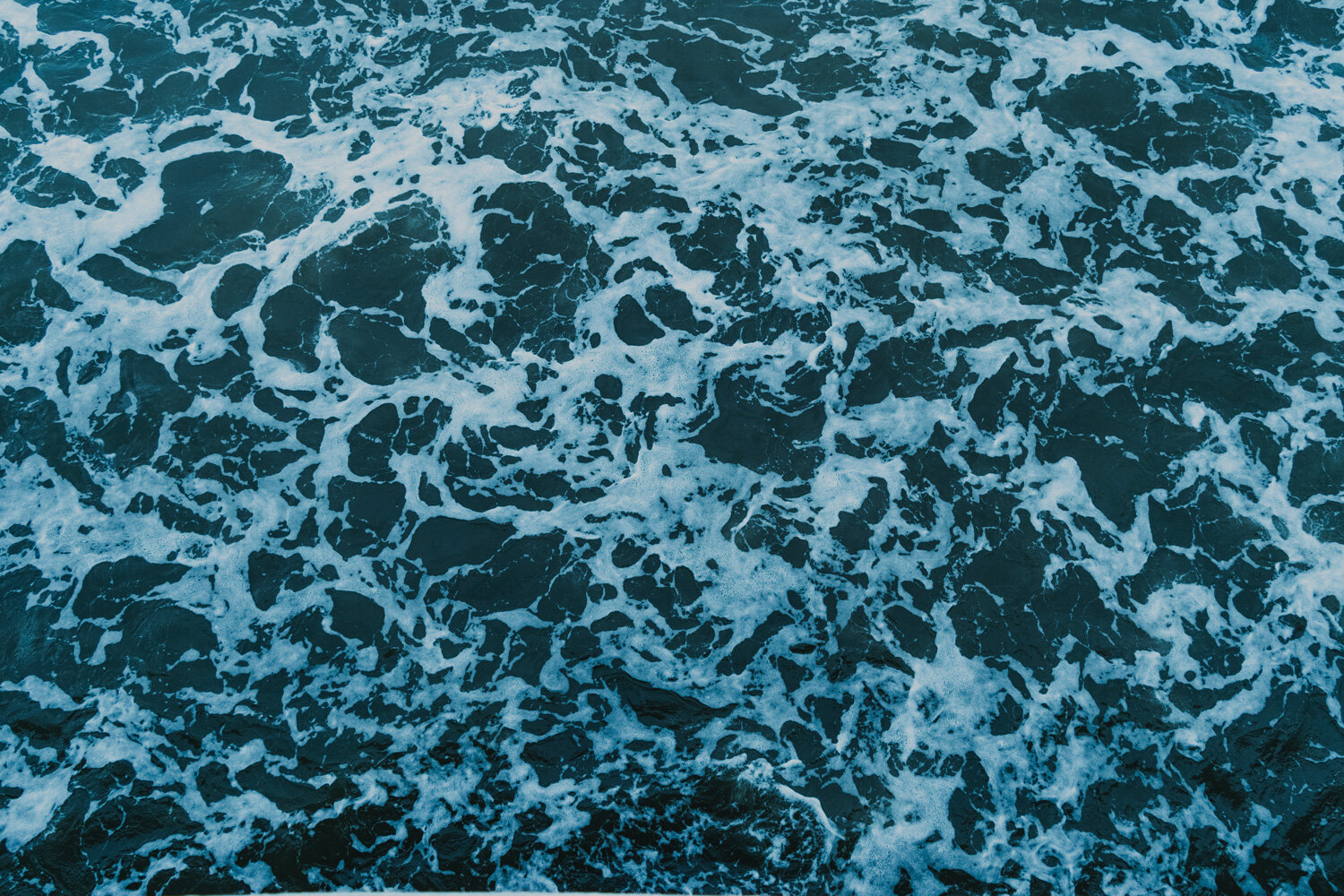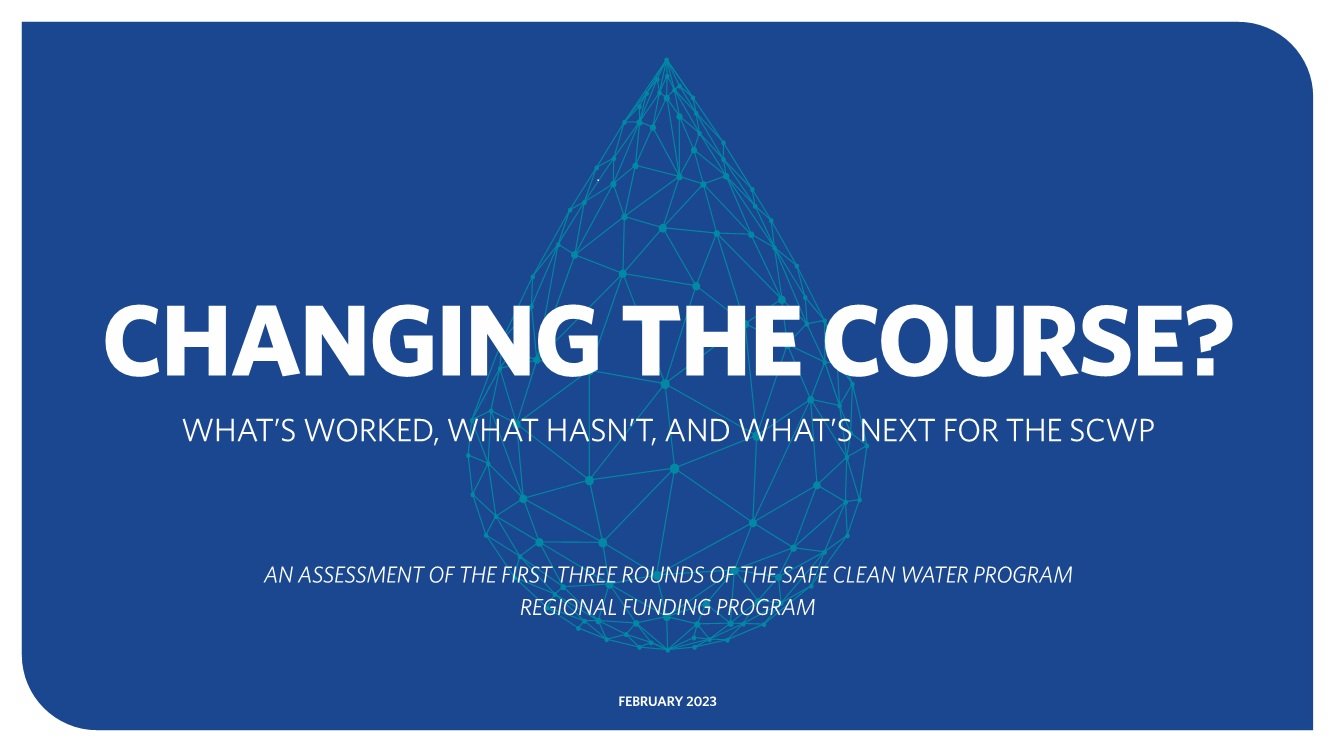
NEWS & STORIES
Prop 4 Climate Bond: What’s in It for Angelenos
Angelenos are experiencing the impacts of climate change firsthand, with extreme droughts and floods becoming more frequent. Proposition 4 offers a solution by funding stormwater capture, groundwater recharge, and climate resilience efforts. Voting "yes" will ensure LA's water future is secure and sustainable, especially for underserved communities.
It’s Time to Reimagine the Safe Clean Water Program
To fully deliver on its promise of healthy waterways, thriving communities, and resilient water supplies, the Safe Clean Water Program has to evolve.
A Year of Environmental Victories: LA Waterkeeper's 2023 Impact
Your support for LA Waterkeeper is a crucial part of the solution. Every donation propels us forward in our mission to safeguard water resources, combat pollution, and foster a genuinely sustainable and equitable future for all Angelenos.
SCWP Vision 2045: Mapping a Sustainable Water Future for Los Angeles
Heal the Bay, LA Waterkeeper, and NRDC worked together to develop Vision 2045, a roadmap for a more sustainable water future for Los Angeles.
LA County Water Plan Charts Course for a Resilient and Sustainable Water Future
In a significant move, the Los Angeles County Board of Supervisors officially adopted the First Edition of the Los Angeles County Water Plan (CWP) this past Tuesday, marking a crucial step towards achieving resilient and sustainable water resources for the region.
Great Progress and Some Missed Opportunities in LA County Water Plan
The Los Angeles County Water Plan was recently released for public review, and it gets a lot of things right. LA Waterkeeper submitted comments on the draft, noting some of the things the Plan gets right and where opportunities for improvement remain.
STATE OF THE WATER: Following a Historic Wet Season, What’s Next for a Secure Water Future
Our State of the Water blog series has explored how LA’s water sources fared after one of the wettest wet seasons the region has ever experienced. Here we explore how we can take advantage of future rains to ensure a secure water future.
LA Waterkeeper Hosted Safe Clean Water Program Research Showcase to Highlight Opportunities to Improve Stormwater Capture Program
On the heels of one of LA’s wettest winters in decades, the value of a robust, dynamic stormwater capture program has become crystal clear to the public and policymakers alike. LA County voters were ahead of the curve when they passed Measure W in 2018 to better equip the region for the extremes of climate change. The resulting Safe Clean Water Program (SCWP) is the most ambitious stormwater capture program in the country and has already brought myriad benefits to LA’s communities.
Changing the Course?: What’s Worked, What Hasn’t, and What’s Next for the Safe Clean Water Program
LA Waterkeeper’s latest report, “Changing the Course?: What’s Worked, What Hasn’t, and What’s Next for the Safe Clean Water Program” assesses the first three years of Los Angeles County’s Safe Clean Water Program (SCWP). The program is funded by a voter-approved tax (2018’s Measure W) that raises about $280M per year, in perpetuity, to better manage urban and stormwater runoff.
The Emerald Necklace
The Emerald Necklace is a vision nearly 20 years in the making, a vision to create a 17-mile loop of parks and greenways connecting 10 cities and nearly 500,000 residents in the Rio Hondo and San Gabriel Rivers watershed of LA County’s San Gabriel Valley. LA Waterkeeper’s litigation helped make this vision become a reality.
Greening ‘Charcoal Alley’
The County of Los Angeles reached a settlement with LA Waterkeeper to invest $4 million in SEPs to address the #1 source of pollution to LA’s waters: urban and stormwater runoff. From this settlement, $2.8 million went to the Watts neighborhood’s 103rd Street Green Improvement Project, adding ecological features to the neighborhood’s main transportation artery, formerly known as “Charcoal Alley.”
A New Vision for Water Management
Learn more about ARLA’s Safe Clean Water Program (SCWP) Working Group Recommendations for better water management in Los Angeles.




















